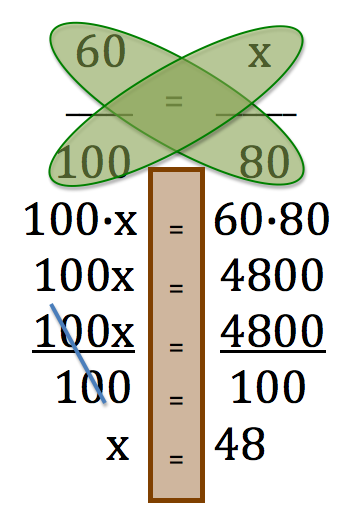This week I wanted to tell you about my online store, Good Sensory Learning. I’m Dr. Erica Warren, and I established this site so I could share all the materials that I have created over the last 20+ years as a learning specialist and educational therapist. When I first began my private practice, Learning to Learn, I had great difficulty finding fun and multisensory materials for my students that were effective and engaging. So back in 2005, I made it my mission to design and distribute high-end, remedial products as well as memorable, motivating lessons that bring delight to learning. If you would like to try a free sampling of my activities , CLICK HERE . How Are the Products Organized at Good Sensory Learning? You can download my Free Printable Catalog or you can browse the site using the grey “search all products” bar in the top right of any page with keywords such as dyslexia, working memory, and executive functioning. What’s more, drop down menus in the red banner allow you t...
Utilizing imagery and visual memory can be very helpful when learning mathematics such as proportions. A single picture can help a student define and remember a concept, or it can even help them to recall the steps required to compute a problem. What’s more, it often brings the “fun factor” into the learning environment as students can pull out their crayons, colored pencils or magic markers to complete the activity.
I recently learned about the Palm Tree Method. I scoured the internet to find its origin, but came up empty handed. So, although I did not come up with this idea, it is still one of my favorites for solving proportions.
Where Can I Find Other Fun and Multisensory Math Lessons and Activities?
If you would like to learn about my multisensory math strategies, lessons and imagery activities to help your students learn math concepts, you might like my blog entitled Mathemagic or my products: CLICK HERE.
Where Can I Find Other Fun and Multisensory Math Lessons and Activities?
If you would like to learn about my multisensory math strategies, lessons and imagery activities to help your students learn math concepts, you might like my blog entitled Mathemagic or my products: CLICK HERE.
Dr. Erica Warren is the author, illustrator, and publisher of multisensory educational materials at Good Sensory Learning and Dyslexia Materials. She is also the director of Learning to Learn and Learning Specialist Courses.
· Blog: https://learningspecialistmaterials.blogspot.com/
· YouTube Channel: https://www.youtube.com/user/warrenerica1
· Podcast: https://godyslexia.com/
· Store: http://www.Goodsensorylearning.com/ & www.dyslexiamaterials.com
· Courses: http://www.learningspecialistcourses.com/
· Newsletter Sign-up: https://app.convertkit.com/landing_pages/69400
· Blog: https://learningspecialistmaterials.blogspot.com/
· YouTube Channel: https://www.youtube.com/user/warrenerica1
· Podcast: https://godyslexia.com/
· Store: http://www.Goodsensorylearning.com/ & www.dyslexiamaterials.com
· Courses: http://www.learningspecialistcourses.com/
· Newsletter Sign-up: https://app.convertkit.com/landing_pages/69400




Comments
Post a Comment